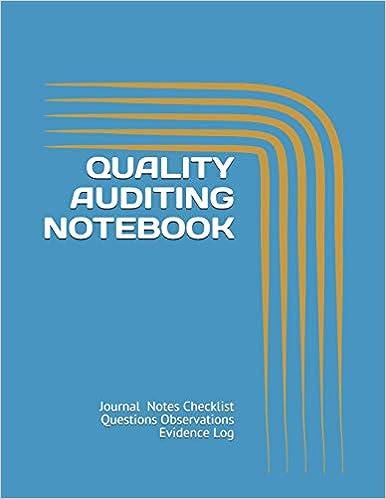System description: A simple heating element based temperature con- trol system consist of a heating element attached at left end of a long air filled duct. The temperature at the right end of this duct is to be controlled. The mechanism of control involves adjusting the heating element tempera- ture and due to convective heat transfer the temperature at the right end gets affected. Convection introduces a delay in transferring the effect of control action from one end to the other end. Finally a thermometer measures the temperature at the right end and feeds that information back to control the heating element Delayed Control Action: Assume that the temperature at the right end follows a first order process with transfer function 10 (1) (T18 + 1) Also, assume that a pure delay of T2 seconds arises due to transfer of heat taking place from left end to right end. As a result the open loop transfer function becomes 10e-872 G(s) = (2) (778 +1) In the above transfer function, input is temperature of the heating element placed at the left end and the output is temperature measured at the right end. Approximation of Delay: A standard technique to handle delays is to make an approximation of delay transfer function for a reasonable range of frequency variation. A useful approximation to delay transfer function is the so-called Pad approximation 1 -87 (3) ST 1+ Pick any value for 71 (0.5, 1) and 72 (0.3, 0.8) and do the following. 1. Make an approximation of the pure delay by using the above Pad approximation, yielding a transfer function G'(x). 2. Draw a block diagram of this control system clearly showing, the con- troller block, process/plant block and a unity feedback loop. 3. Obtain the step responses of both the actual and approximate open loop systems and plot them on the same scale. 4. Comment on the transient responses of the closed loop systems when excited by a unit step input, for different values of gain K. Use G(s) or G'(s), whichever you find suitable. 5. Comment on the variation of steady state error for unit step reference input to the closed loop system with gain K. 6. Suppose we are allowed to use only proportional control. Find gain- margin, phase-margin and bandwidth when the proportional gain is set to 1. 7. Comment on the closed loop stability as gain K is varied. Use Root- locus and Bode plot, and use G(s) or G'(s), whichever you find suitable. Obtain range of values of K that guarantees stability. 8. Obtain a Bode plot of the approximate transfer function G'(s) and compare it with the Bode plot of G(s), the pure delay based trans- fer function. Comment on the range of frequency for which the Pad approximation is valid








